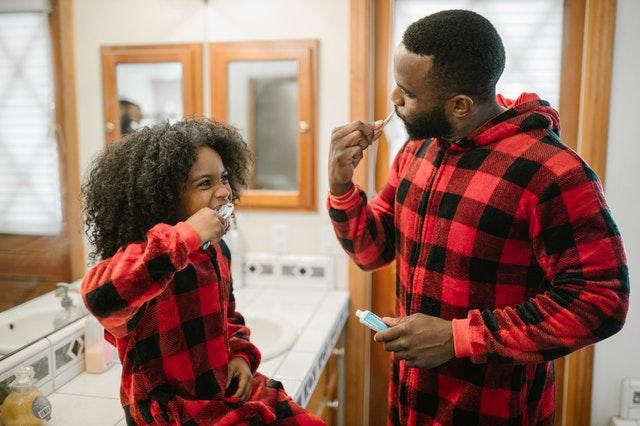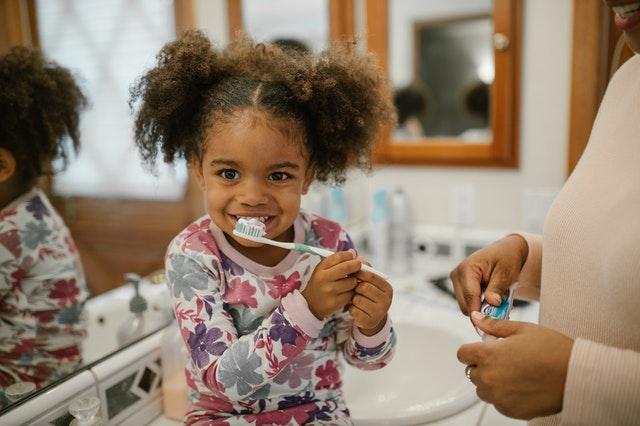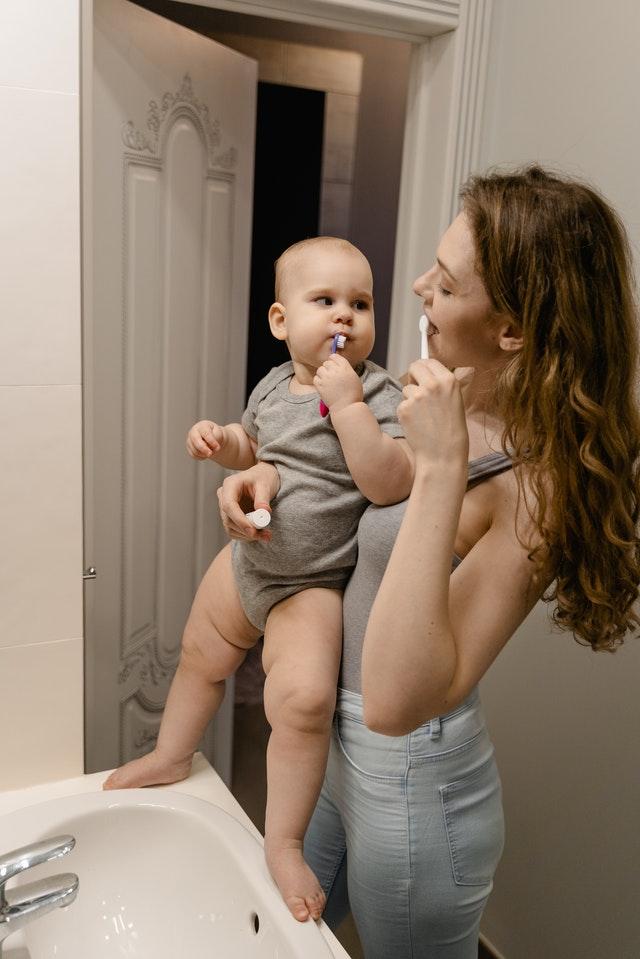


Early childhood cavities are dramatically increasing due to a number of reasons. 42% of children ages 2 through 11 have had dental cavities in their baby teeth. Primary teeth, or baby teeth, are important for speech development, nutrition, and preparing for permanent teeth. With cavities on the rise, floss for kids is an important tool to improve oral health and overall health.
Early childhood cavities are the most common preventable disease among children around the world. Yes, childhood cavities are now considered a disease due to the prevalence and consequences it has on childhood development. Our Children’s Oral Health article can help you learn more about supporting your child’s smile.
The amount of fermentable carbohydrates children consume is a very high-risk factor in cavities. Packaged snacks, crackers, cookies, and chips are huge factors that cause cavities along with gummies, sweets, and desserts.
Due to the increase of fermentable carbohydrates and sugar, good homecare habits are very important. Brush 2 times a day for 2 minutes with assistance from an adult up until age 9. Bedtime routine is key in helping children with brushing and flossing to fight cavities.
Many medications contain sugar to make them taste better. Liquid and chewable medications are commonly given without brushing after.
Most children’s vitamins and supplements have sugar in them. Natural, organic, and vegan sugars all cause cavities. Gummy vitamins for children and adults are a huge culprit in cavities.
It is recommended to visit the dentist starting around age 1. With the dramatic rise in cavities, dental preventative visits are very important. Establishing a dental home early for your child can help keep the baby teeth strong to prepare for their adult teeth later in life.

Parents and guardians should start the flossing routine when the baby molars are touching. Every child is different and teeth will start to close together between ages 2-6. Ask your dental professional if you’re unsure.

It will take time and practice for your child to learn the dexterity to floss efficiently. Encourage your child to take turns with you when using floss for kids.
Water flossers use the power of a precise water stream to mechanically remove plaque, bacteria, and food debris. These work great for braces, expanders, and fixed retainers.
You should start flossing your child’s teeth around age 2. The baby molars will start to touch anywhere from ages 2-6. We recommend parents’ active assistance up until age 9.
We recommend starting your children’s flossing routine with floss picks. Kids do not have enough dexterity to efficiently use string floss. Once your child has enough dexterity to tie their shoes, they can start using string floss. String floss is more effective in removing plaque, bacteria, and food.
Visit our Take Home Smile store for educational brochures and other fun printables to help with oral hygiene. All products can be customized to fit your dental needs.